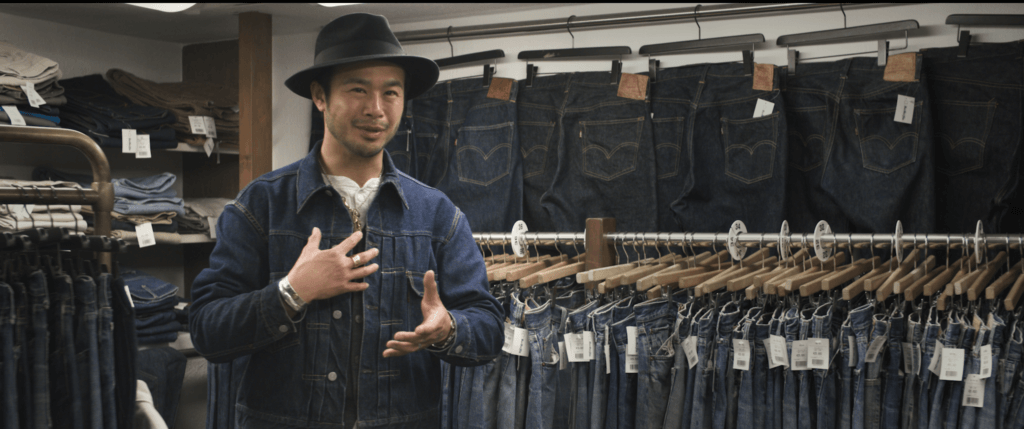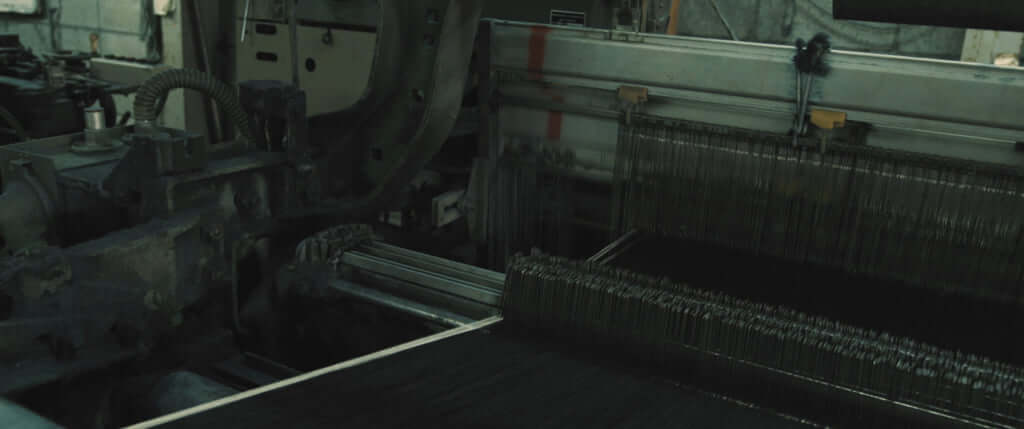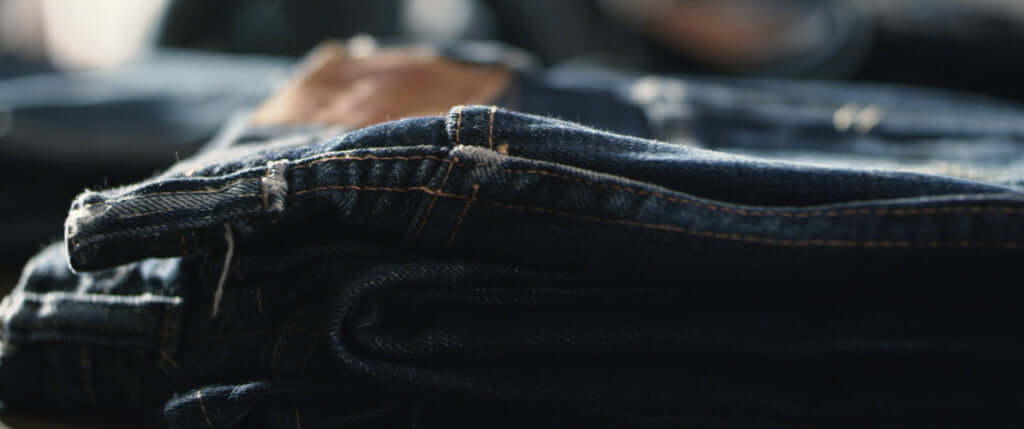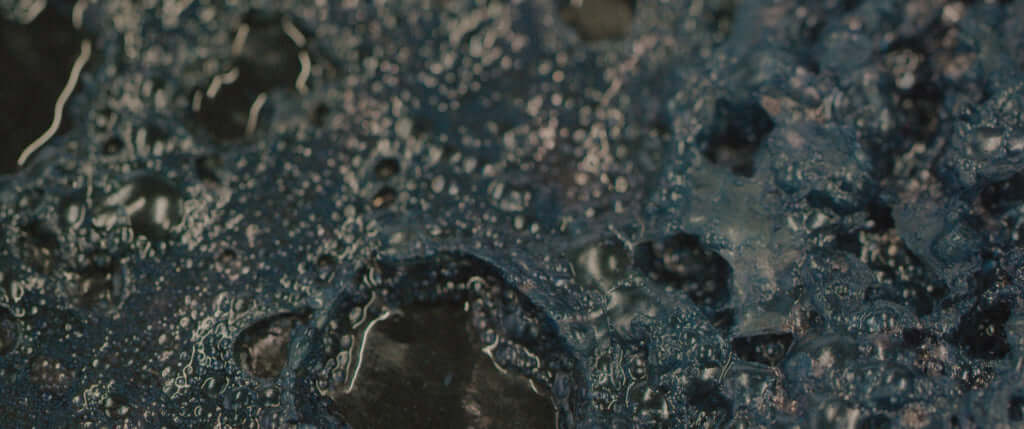Diving into Japanese Denim
The documentary ‘Weaving Shibusa’, directed by David Leisher in 2017, explores the techniques used to make jeans in Japanese workshops.

When he realised that very little information was available about the methods used to manufacture jeans in Japan, filmmaker David Leisher decided to explore the subject in his documentary Weaving Shibusa, in 2015. From Tokyo to Nagano via Osaka, David Leisher travelled the country to meet the key players in denim, including artisans and designers.
Indigo-stained cloth
It was after the Second World War, as industrialisation grew significantly, that denim imposed itself on Japan. This expansion was particularly due to the Osaka 5, five brand experts in denim. They wished to produce the material using an ancient method that is notably used during the process of dyeing cotton. The material is dyed by hand, in indigo, and thus takes on the iconic, intense navy-blue colour it is famous for. The attention to details goes as far as the jeans’ edge. Its material stands out due to its coloured border and, above all, its uniform finish, which prevents the denim from fraying and gives it a more robust quality; a method known worldwide as ‘selvedge.’
Weaving Shibusa (2017), a documentary by David Leisher is available to buy or rent.
Weaving Shibusa from Weaving Shibusa on Vimeo.





TRENDING
-
A House from the Taisho Era Reveals Its Secrets
While visiting an abandoned building, Hamish Campbell discovered photographs the owner had taken of the place in the 1920s.

-
The Taboo-Breaking Erotica of Toshio Saeki
The master of the 1970s Japanese avant-garde reimagined his most iconic artworks for a limited box set with silkscreen artist Fumie Taniyama.

-
With Meisa Fujishiro, Tokyo's Nudes Stand Tall
In the series 'Sketches of Tokyo', the photographer revisits the genre by bringing it face to face with the capital's architecture.

-
Masahisa Fukase's Family Portraits
In his series ‘Family’, the photographer compiles surprising photos in which he questions death, the inescapable.

-
Hajime Sorayama's Futuristic Eroticism
The illustrator is the pioneer for a form of hyperrealism that combines sensuality and technology and depicts sexualised robots.





